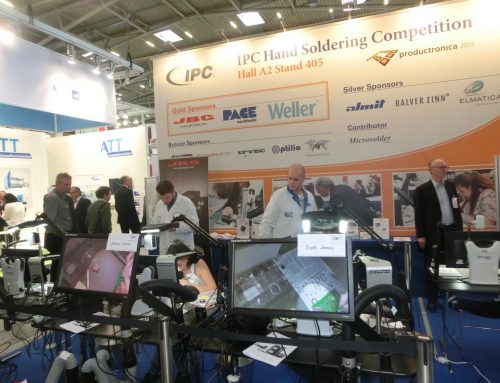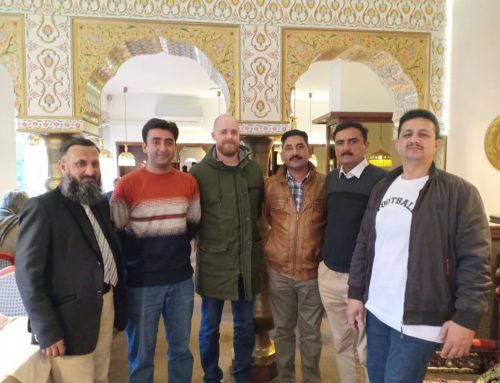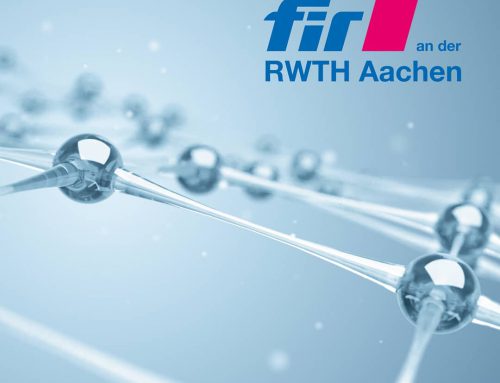There are various stakeholders in the aviation industry, as you can see in the figure above.
High-tech systems
Systems
Design & Construction
Materials
Aircraft structures & systems
Aircraft construction & maintenance
Aircraft materials & processes
Maintenance
These stakeholders jointly contribute to the realisation of a communal project, such as an aeroplane or a helicopter. The individual stakeholder will always have to work together with other stakeholders to reach a joint target. In the aviation industry there are a few notable trends worldwide. Aeroplanes have to become better – read: smarter –, cleaner and quieter. New technology can do the trick. Aeroplanes also have to become cheaper. Again, new technology will get this job done, but even more so the monitoring and fine-tuning of processes in the whole chain.
When these trends are translated into operational activities we see that the aviation industry will have to supply at a much higher WBS (Work Breakdown Structure) level. Zooming into the supply chain of engine parts, we notice an inevitable increase in the supply of assemblies and modules. Especially for the nose-to-tail solutions, this means that protocols and procedures will have to be tightened up a lot in the supply chain.
These trends also lay bare a number of bottlenecks. The first one is obviously developing of the required technology, because we must first have the knowhow to be able to make quieter, cleaner and smarter aeroplanes. The second bottleneck is managing the supply chain. As long as stakeholders take a short-term view, the bottleneck will not go away. The third bottleneck is having companies and scientific institutes cooperate well. The latter are hampered by their curricula and are hardly focused on long-term strategies. They would have to refocus on the needs of industry much more. This change of heart is already visible at various German universities. The fourth and final bottleneck is the need for really qualified staff. This need is only getting more urgent rather than being met, because there is a continuing massive shortage of top quality staff in the technical industry. The ageing of the working population does not help either. Investing in current staff by means of courses is therefore just as important as investing in good relationships with scientific institutes. In this way the continuity of the company can be safeguarded.
We will soon dig a bit deeper into this matter in another article.






